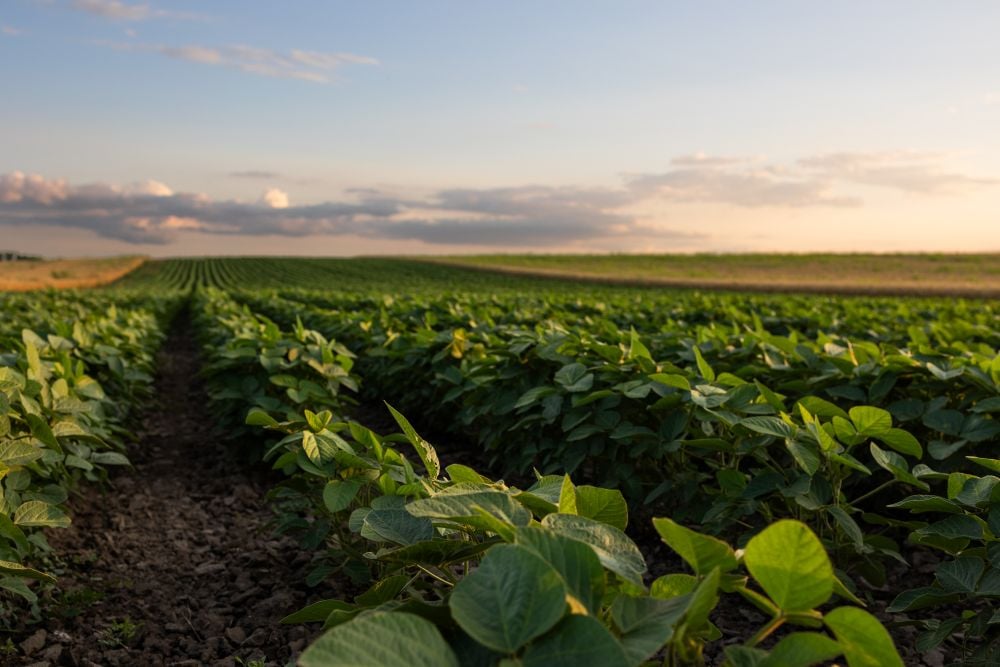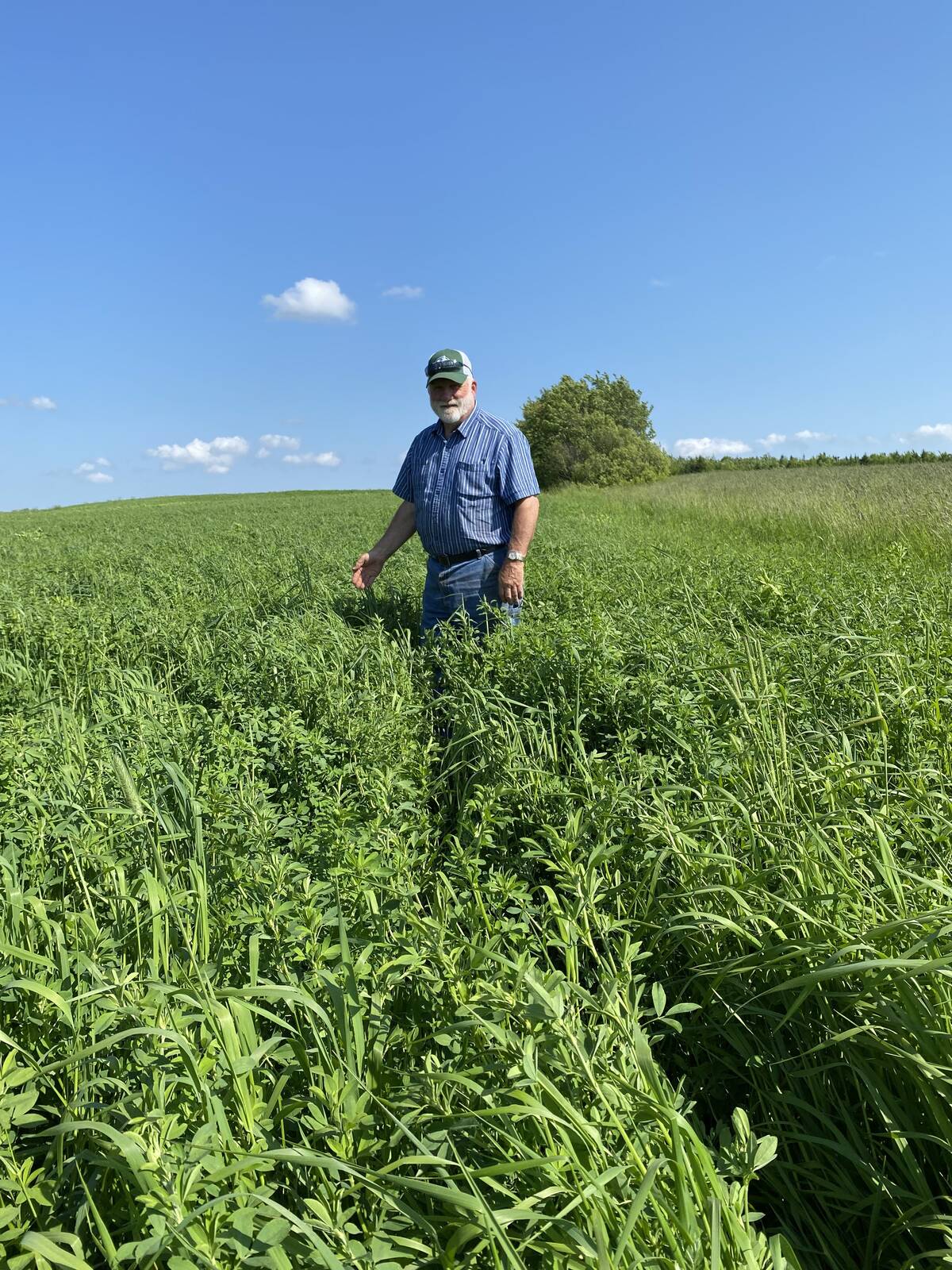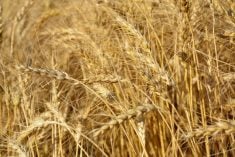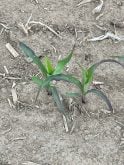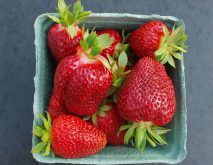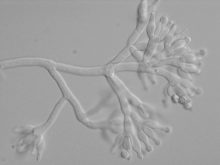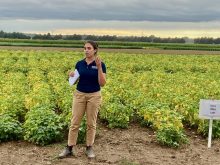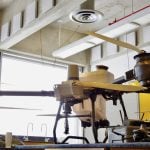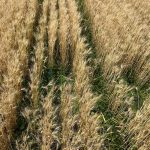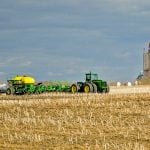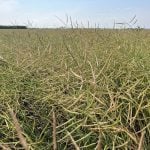Yousef Papadopoulos considers alfalfa to be “the queen of the forages” for its high nutritional value — as well as its requirement for soil pH to be just right.
A new variety from Agriculture and Agri-Food Canada addresses the crop’s preference for ideal conditions by expanding the pH range in which it can be effectively grown, while bringing yield benefits.
Why it matters: New and more resilient forage varieties could help growers across Canada mitigate the effects of climate change on growing conditions.
Read Also

The forced Japanese-Canadian farmers of the Second World War
Manitoba’s sugar beet farms drew on displaced Japanese-Canadians from B.C. during the Second World War
Papadopoulos, the AAFC research scientist behind the variety, says alfalfa does not perform well in acidic soils, or those with pH levels below 6.5. The more acidic a soil is, the more soluble aluminum becomes, which in turn inhibits alfalfa growth.
While lime can be applied to remedy pH, the input only works in the top 30 centimetres of the soil profile. And since alfalfa roots can grow much deeper, acidic subsoil remains a production barrier.
Breeding for aluminum toxicity tolerance is thus critical. The new variety developed by Papadopoulos has proved to have higher aluminum tolerance than AC Caribou, a variety common in eastern Canada, when tested under hydroponic conditions.
Small plot trials in the field also indicated it produced well in soil with a pH level of 5.5.
“This particular variety produced above the reference cultivar by a few percentages,” said Papadopoulos, adding he is currently in the process of summarizing the results of his field work.
At the same time, the variety is being tested on a larger scale by twelve livestock farmers across Nova Scotia, New Brunswick and Prince Edward Island, and in partnership with each province’s forage specialists. Papadopoulos is also in the process of partnering with farmers in Saskatchewan and British Columbia.
“I gave them a bag of seed and told them to grow it as they wish,” he said, meaning he expects the partnering farmers to fit the new variety into their already established production systems.
“I just want them to document certain measurements for me.”
Additional gains documented
Aside from aluminum toxicity tolerance, Papadopoulos has already documented additional benefits from his new alfalfa variety.
In 2024, for example, one of the Atlantic farmers evaluating the variety — a livestock producer in northern Nova Scotia — managed to take two cuts in the crop’s establishment year. The same farmer currently has a crop “above his knees,” and fully expects to take three cuts in 2025.
Papadopoulos considered both years indications the variety is capable of producing very good yields, even in comparatively harsh environments.
“The bottom line is, if I produce a variety that’s good for the Maritimes, I don’t think enough seed will be sold for a company to commercialize it. You need to sell a lot of seed to produce seed to sell,” said Papadopoulos, in reference to efforts to scale production across different regions of the country. However, he also says the fact that enough seed was gathered from an initial four-acre plot to trial the variety across so many farms, indicates it also has excellent seed production capacity.
Additional evaluations of other alfalfa varieties are ongoing as well. This includes drought tolerance, and the vigour of AAC Truman — a variety that spreads via rhizome — in flood conditions.
“Any variety has to stand up on its own,” said Papadopoulos. “The variety development is not only me. The ideas are pennies. Execution of research is the bottom line … This is team power.”

